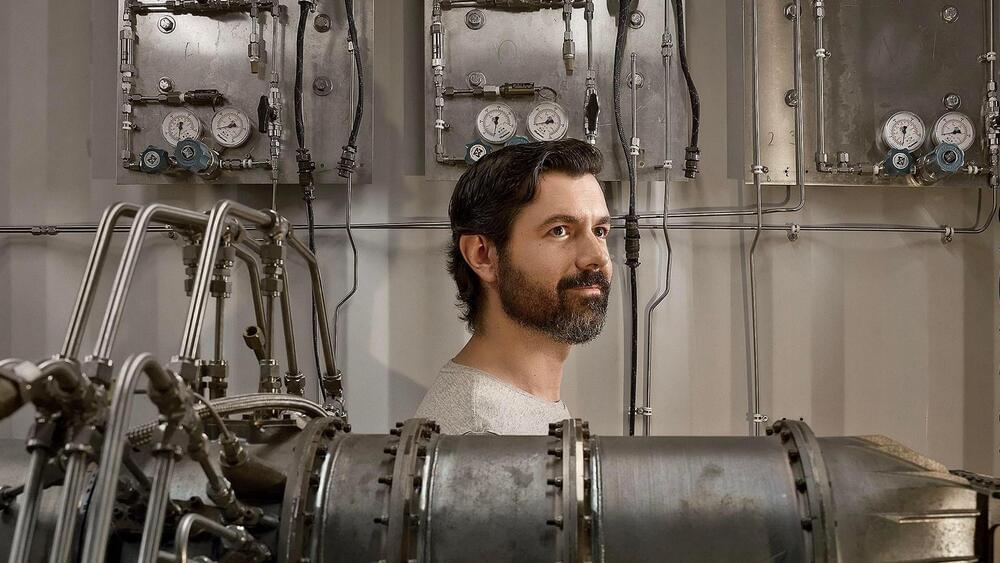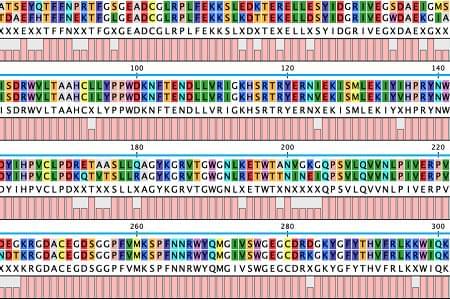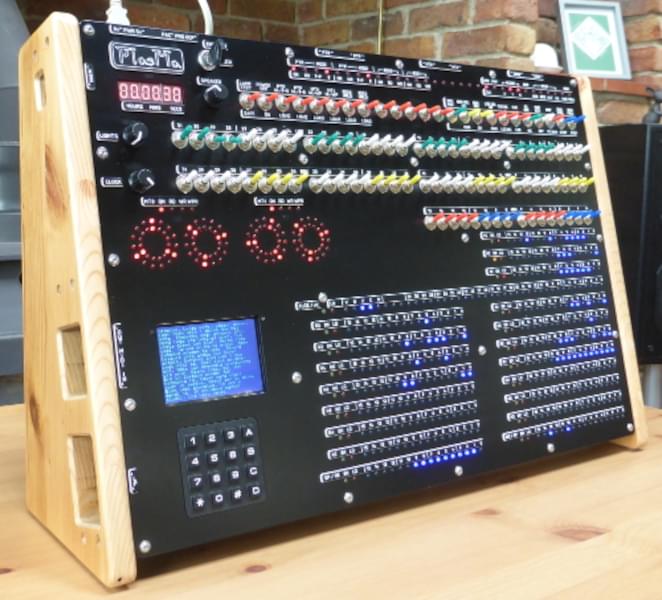Aug 23, 2023
People who use AI will replace workers who don’t: IBM
Posted by Gemechu Taye in categories: business, employment, robotics/AI, transportation
The report further says 40 percent of workers will need to polish their skills due to the implementation of AI.
Artificial intelligence (AI) won’t replace employees anytime soon. But people who use AI will replace people who don’t, said tech giant IBM in its report, which talks about the implications of AI in businesses.
Companies are rapidly introducing AI into their workings to free up their employees’ time so they can focus on issues that require their personalized attention. The thing about AI is that it will do exactly what you train it to do. So, the hyperboles around the latest technology snatching away people’s jobs and taking over humanity can calm down.


















